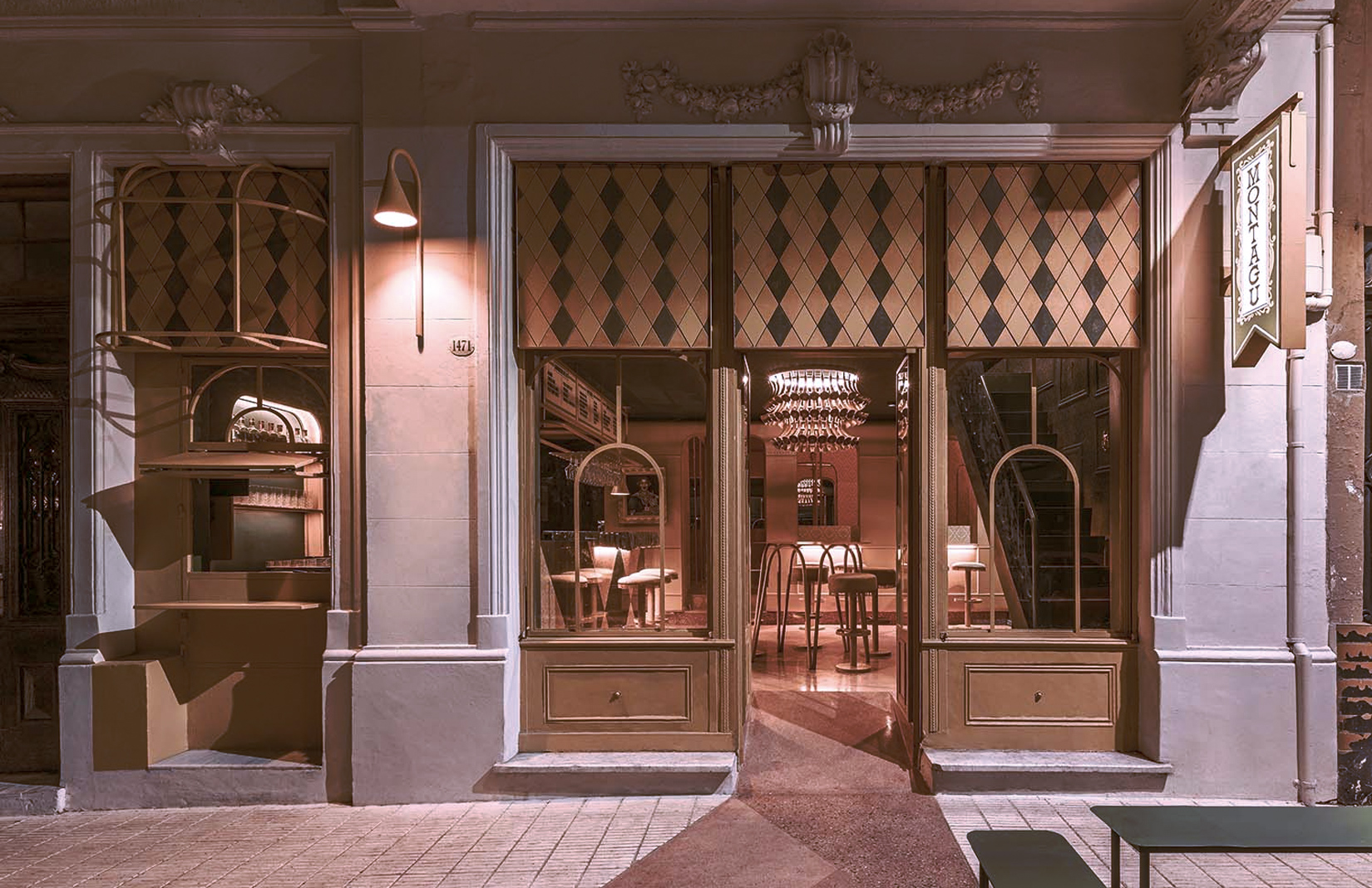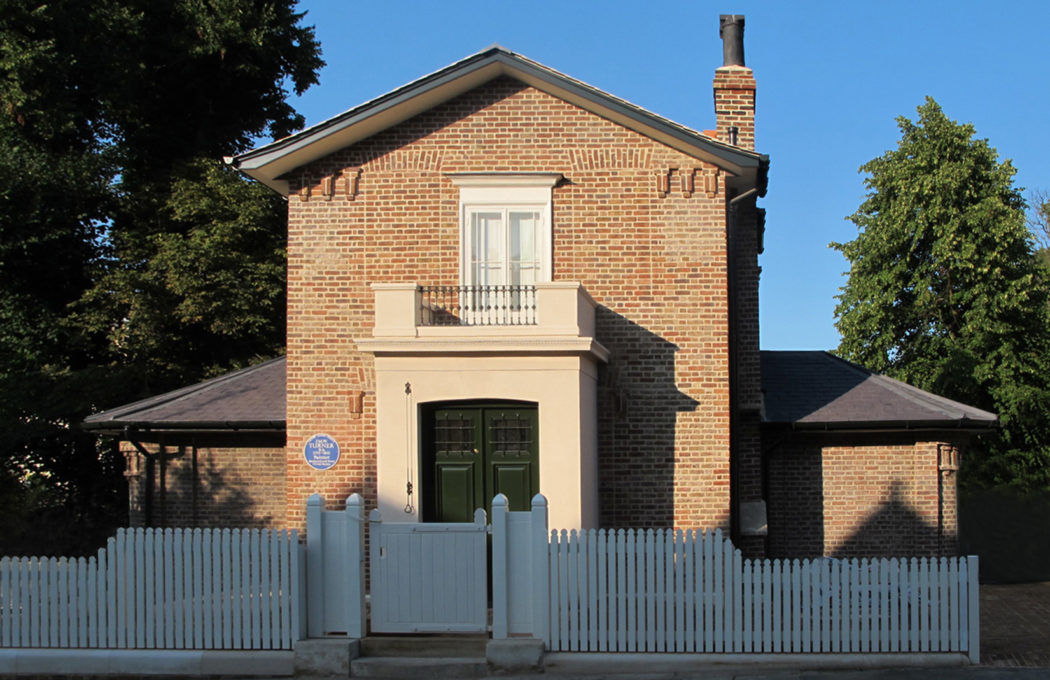
Photography: Anne Purkiss © Turner’s House Trust Collection
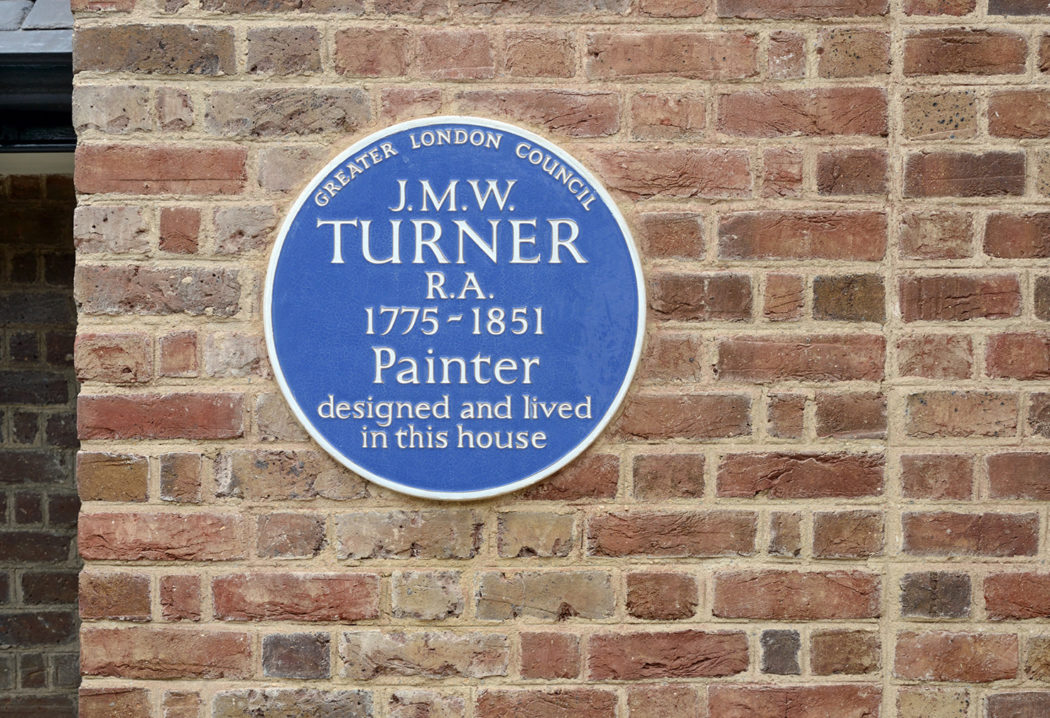
Photography: Anne Purkiss © Turner’s House Trust Collection
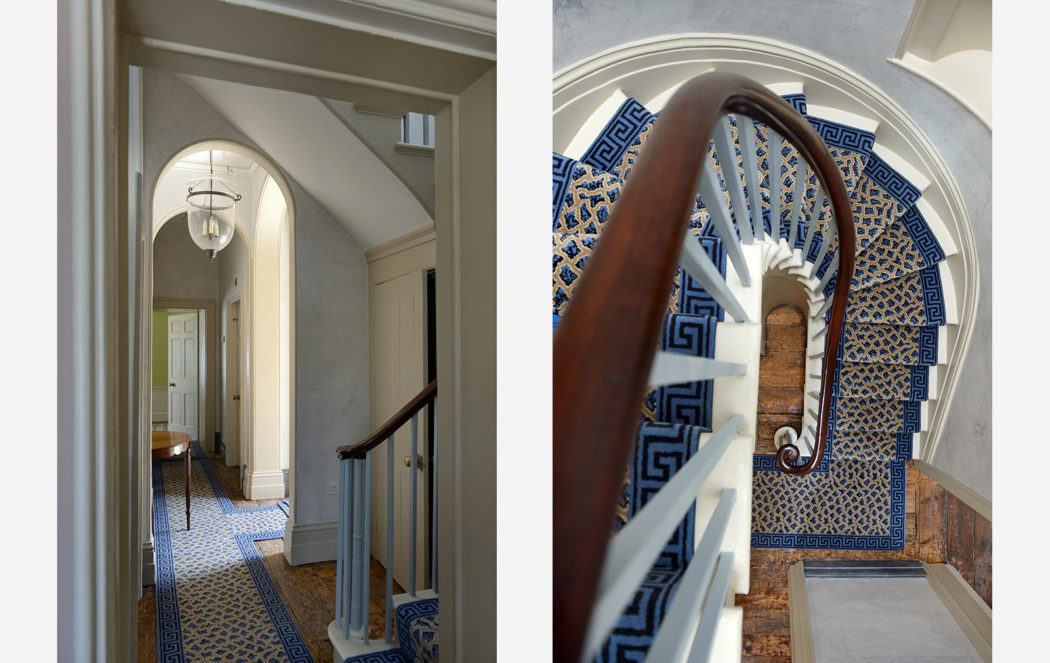
Photography: Anne Purkiss © Turner’s House Trust Collection
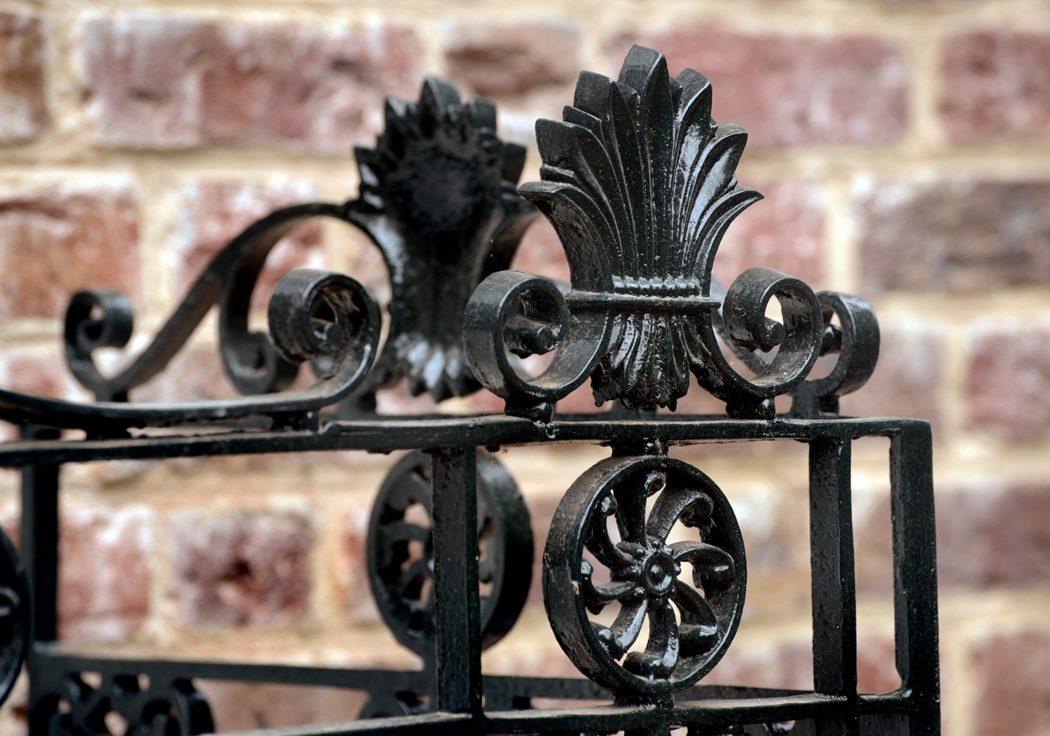
Photography: Anne Purkiss © Turner’s House Trust Collection
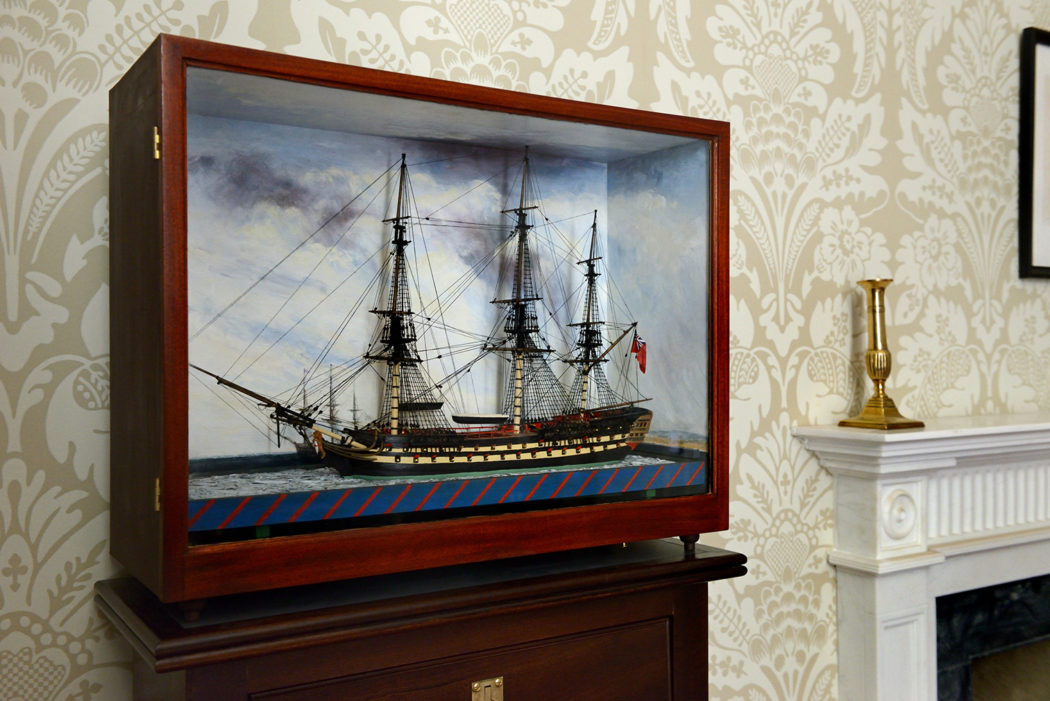
Photography: Anne Purkiss © Turner’s House Trust Collection
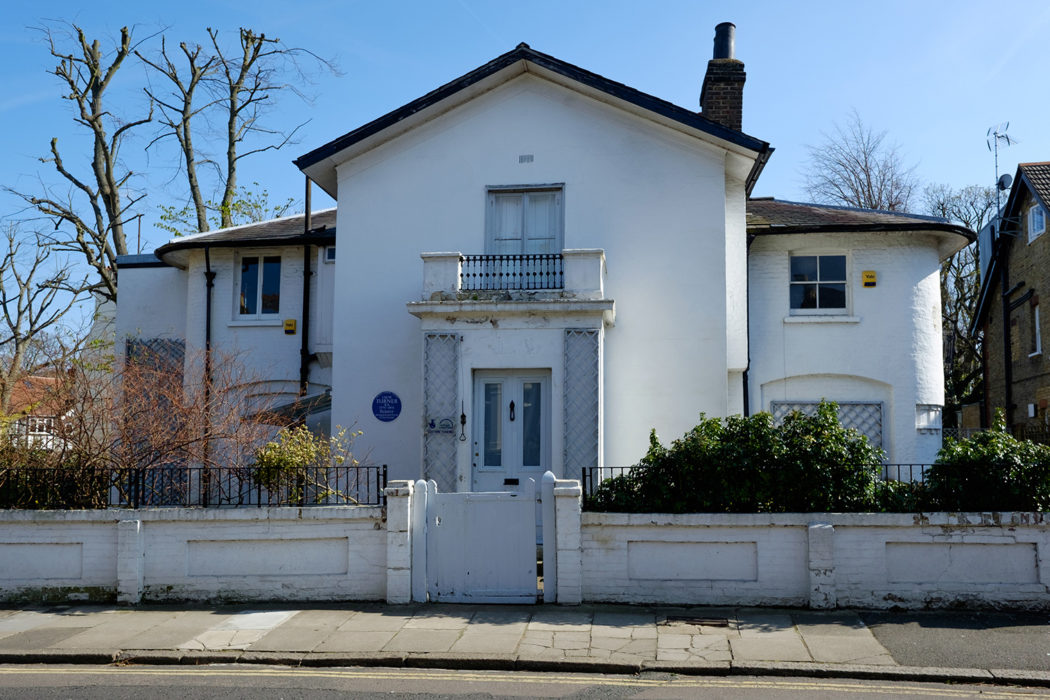
Photography: Anne Purkiss © Turner’s House Trust Collection
Artist JMW Turner’s former home in London’s Twickenham has been shrunk to its original size, restored and reopened to the public.
Renovations at Sandycombe Lodge were led by the Turner’s House Trust and its chairman Catherine Parry-Wingfield, who raised £2.4 million from National Lottery funding and private donations. Four years on, the Grade II* listed building has been divested of its clumsy Victorian extensions and coat of white render, making it a close facsimile of the house Turner himself designed.
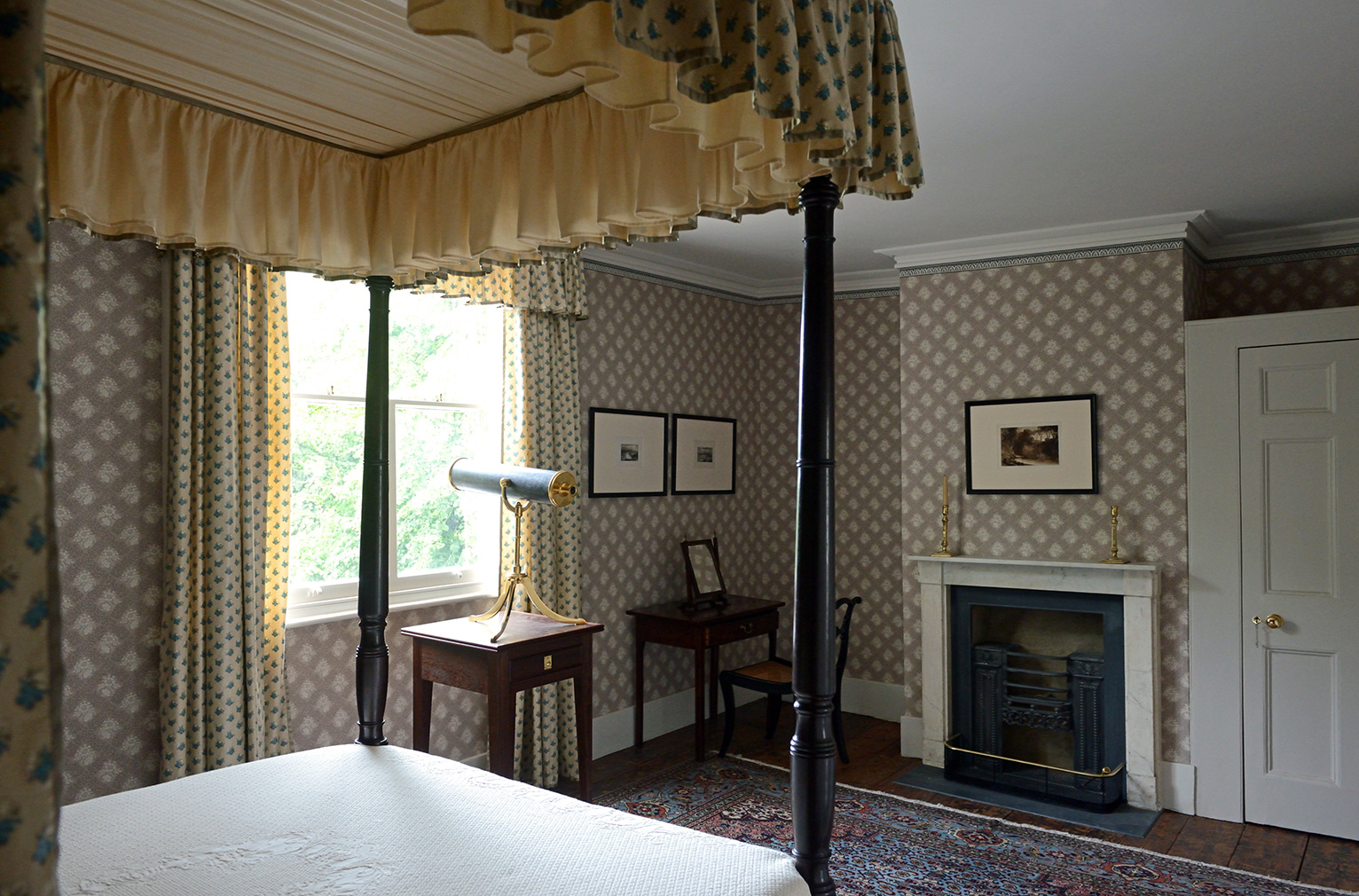
‘It’s an unusual aspect of his art,’ Parry-Wingfield says. She got involved more than a decade ago, having met the house’s owner of 65 years – Professor Harold Livermore – in the queue at the local post office. ‘He said he wanted to give the house to the nation but the nation didn’t seem to want it.’
Since then, she has worked to bring the house to public attention and to attract funding in order to ‘preserve Turner’s architectural imagination’.
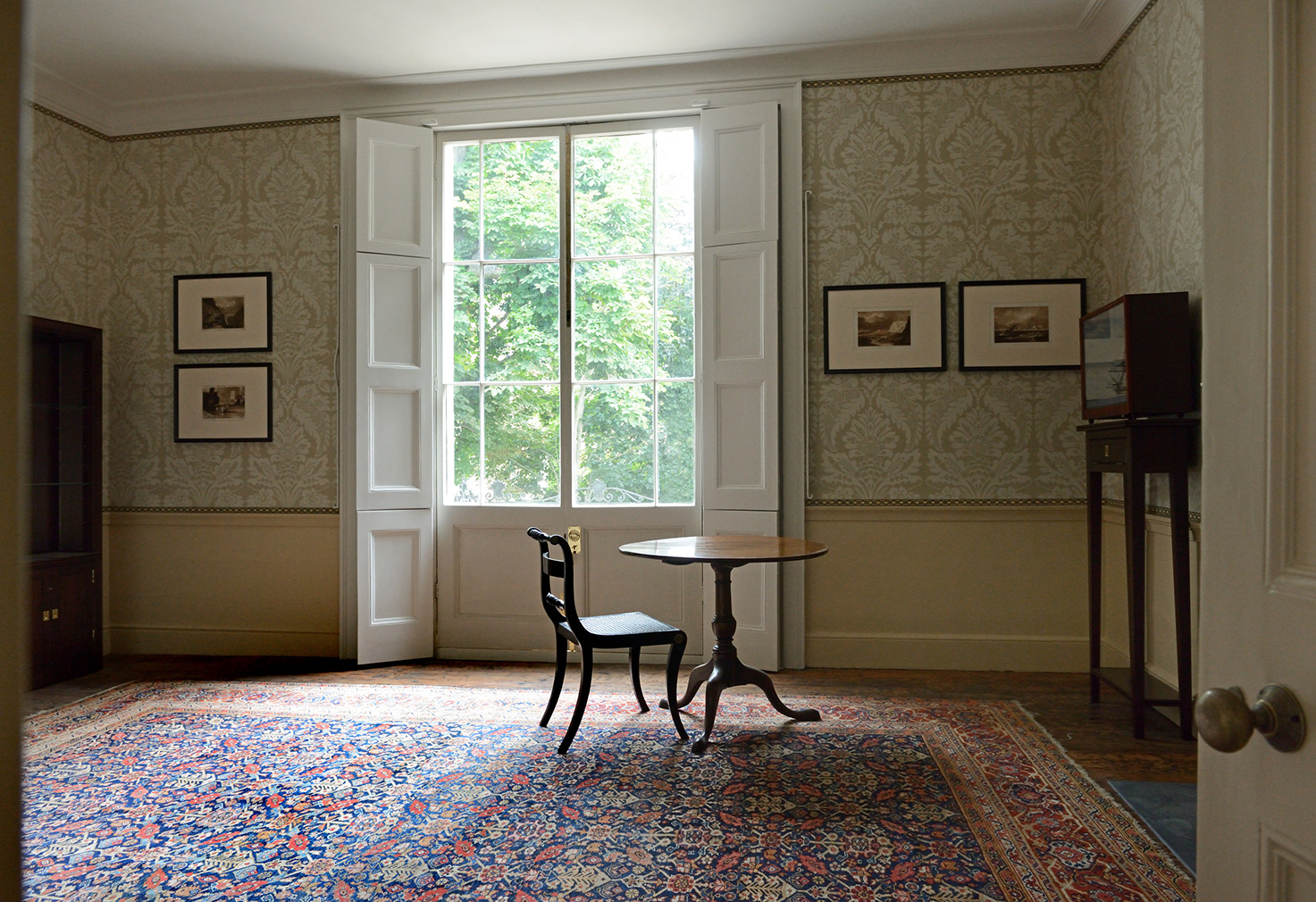
Sandycombe Lodge was built on a plot of land in then-rural Twickenham in 1812. The house was designed by Turner, who trained first as an architectural draughtsman before becoming perhaps Britain’s finest landscape painter. He spent weekends there with Royal Academy friends and fishing companions, while his father ‘Old William’ kept house and managed the landscaped garden. The house was sold in 1826, probably because William became too frail to manage it.
Gary Butler, of Butler Hegarty Architects, was called in to manage the restoration, using sketches found in the Tate’s collection of Turner’s papers, and a 1814 sketch by William Havell. He describes the house as ‘the completion of Turner’s vision for architecture’.
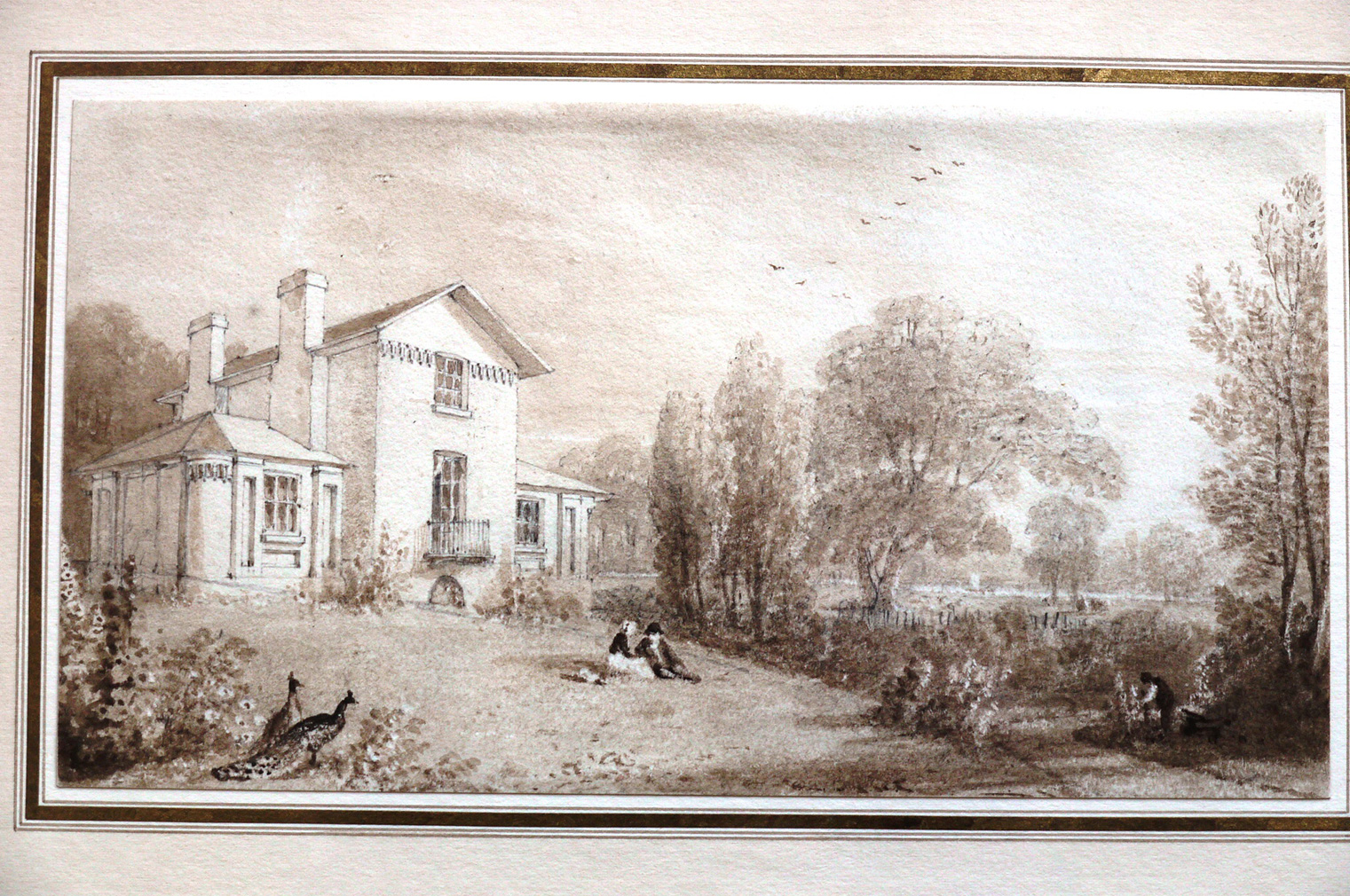
Roll-moulded arches in the hall and the rather grand staircase, topped with a coloured glass lantern light, speak to the influence of Turner’s friend and visitor, the architect Sir John Soane.
The biggest surprise was the discovery that the coat of white rendering the house had been sporting for centuries was not part of Sandycombe Lodge’s original design – it was conceived as a bare, red brick building, with careful ‘penny line’ pointing.
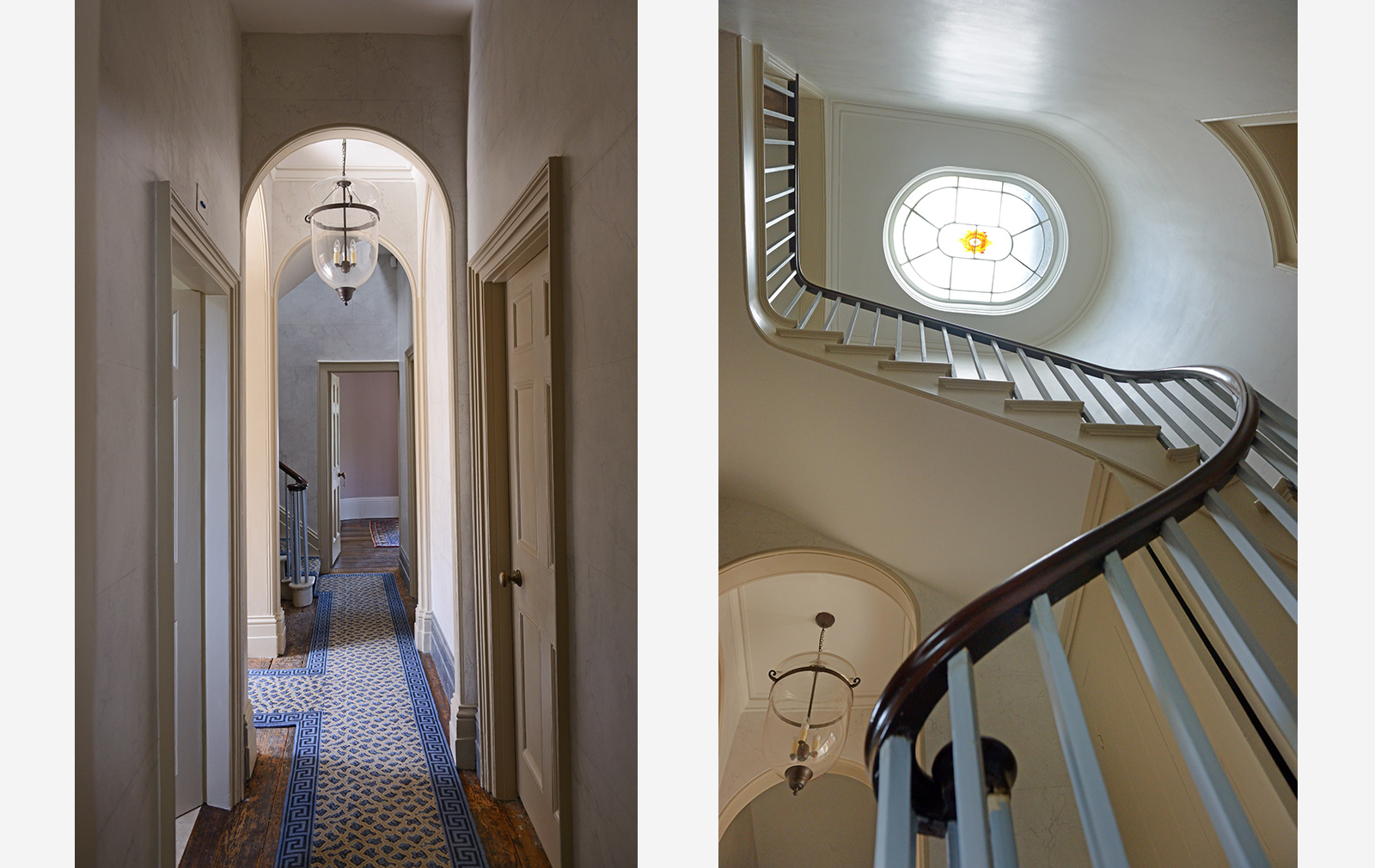
Restorers have made every effort to restore the artist’s home with a touching emphasis on authenticity – a scrap of dirty wallpaper found at the back of a cupboard has been expanded, hand-blocked and hung in the master bedroom. Early 19th-century furniture has been sourced, following hints left in the inventory of Turner’s possessions from his London house.
Sandycombe Lodge’s original garden stretch for two landscaped acres, furnished with a fish pool and sloping down towards the Thames. Today the urbanisation of the area means that a restoration of the garden is impossible, but work is ongoing to create a flavour of the original space.
Says Butler: ‘Turner was fascinated by the relationship between architecture and the landscape, the tension between the built and the cultural, and the unbuilt and the natural.’ With the tender restoration of Sandycombe Lodge, the public now has a three dimensional demonstration of the artist’s vision of the world – and how he lived within it.





